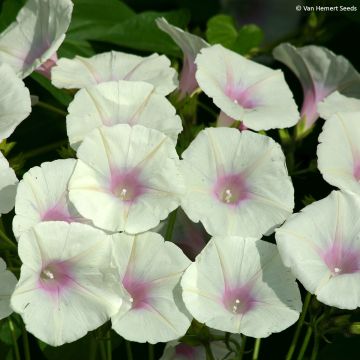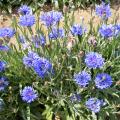Ipomoea seeds
Would this plant suit my garden? Set up your Plantfit profile →
Available in 1 sizes
Available in 1 sizes
Available in 1 sizes
Available in 1 sizes
Available in 1 sizes

Available in 1 sizes
Available in 1 sizes
Available in 1 sizes
Available in 1 sizes
Available in 1 sizes
Available in 1 sizes
Available in 1 sizes
Available in 1 sizes
Available in 1 sizes
Available in 1 sizes
Available in 1 sizes
Available in 1 sizes
Available in 1 sizes
Available in 1 sizes
Available in 1 sizes
Available in 1 sizes
Available in 1 sizes
Available in 1 sizes
Available in 1 sizes
Ipomoea or Morning Glory seeds, climbing voluble plants, are sown in holes, directly in place, in the month of May. Put some well-compacted soil at the bottom of the hole, place the seeds and cover lightly with soil. Water, then place a bottomless plastic bottle to act as a greenhouse and let them germinate. Open the cap as soon as the plants start to grow. Annuals, or perennials in the South, very floriferous, Ipomoea can be recognized by their alternate leaves, 5 to 20cm (2 to 8in) long, single, cut, sometimes heart-shaped, and their solitary or clustered trumpet-shaped flowers. They like light, rich, well-worked soils and a very sunny and warm exposure. In a poor or compact soil, add compost when planting. Afterwards, they require no maintenance! With a south-facing support, you guarantee a beautiful flowering from June to September. Pot cultivation is possible by ensuring that it is of a good size (at least 40cm (16in)), pierced with a layer of gravel at the bottom and filled with soil for flowering plants. Avoid plastic pots and make sure to water as soon as the surface soil is dry. Tips: In the South, beware of leafhoppers, treat preventively from planting. If the leaves dry out, apply rose fertilizer.
Haven't found what you were looking for?

































































































































































